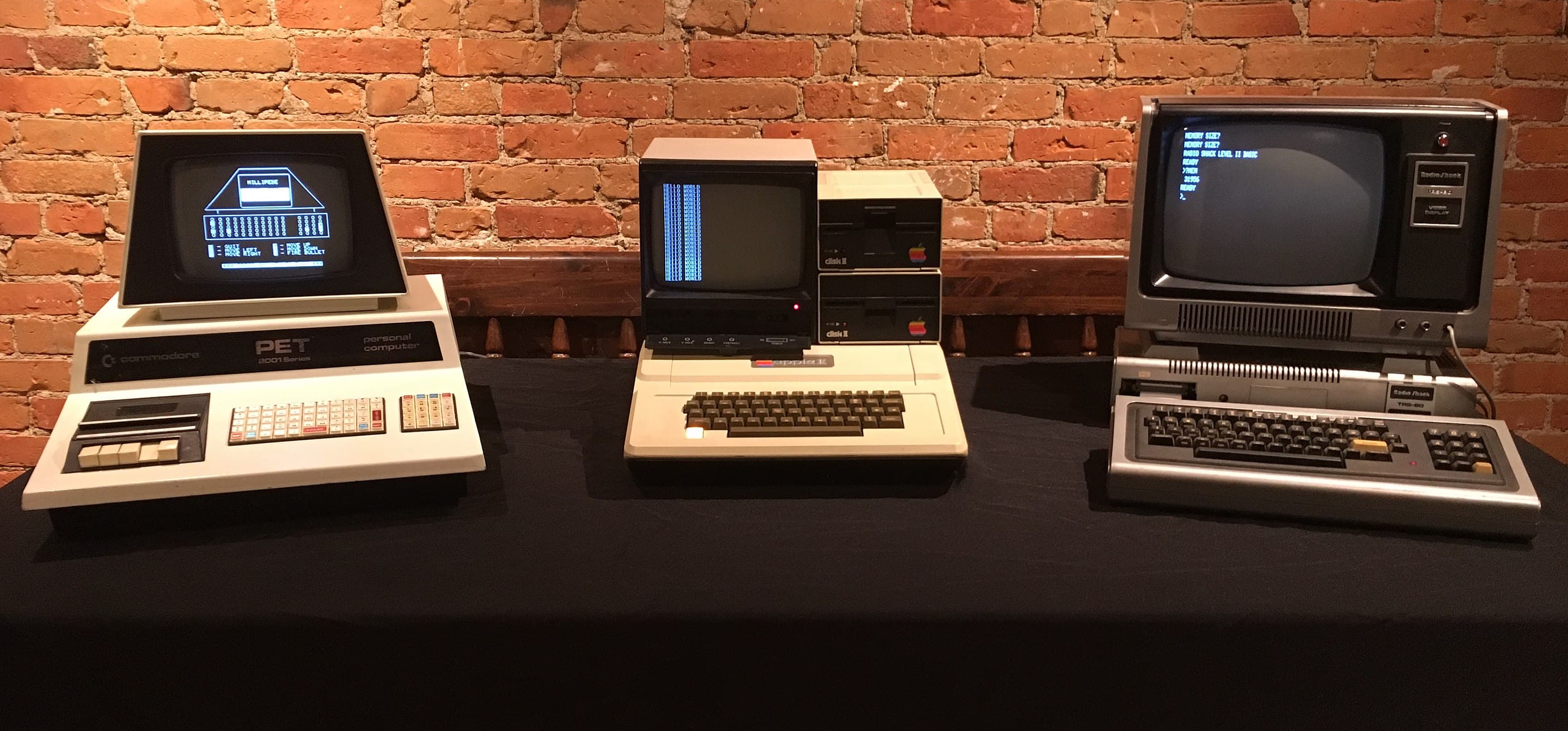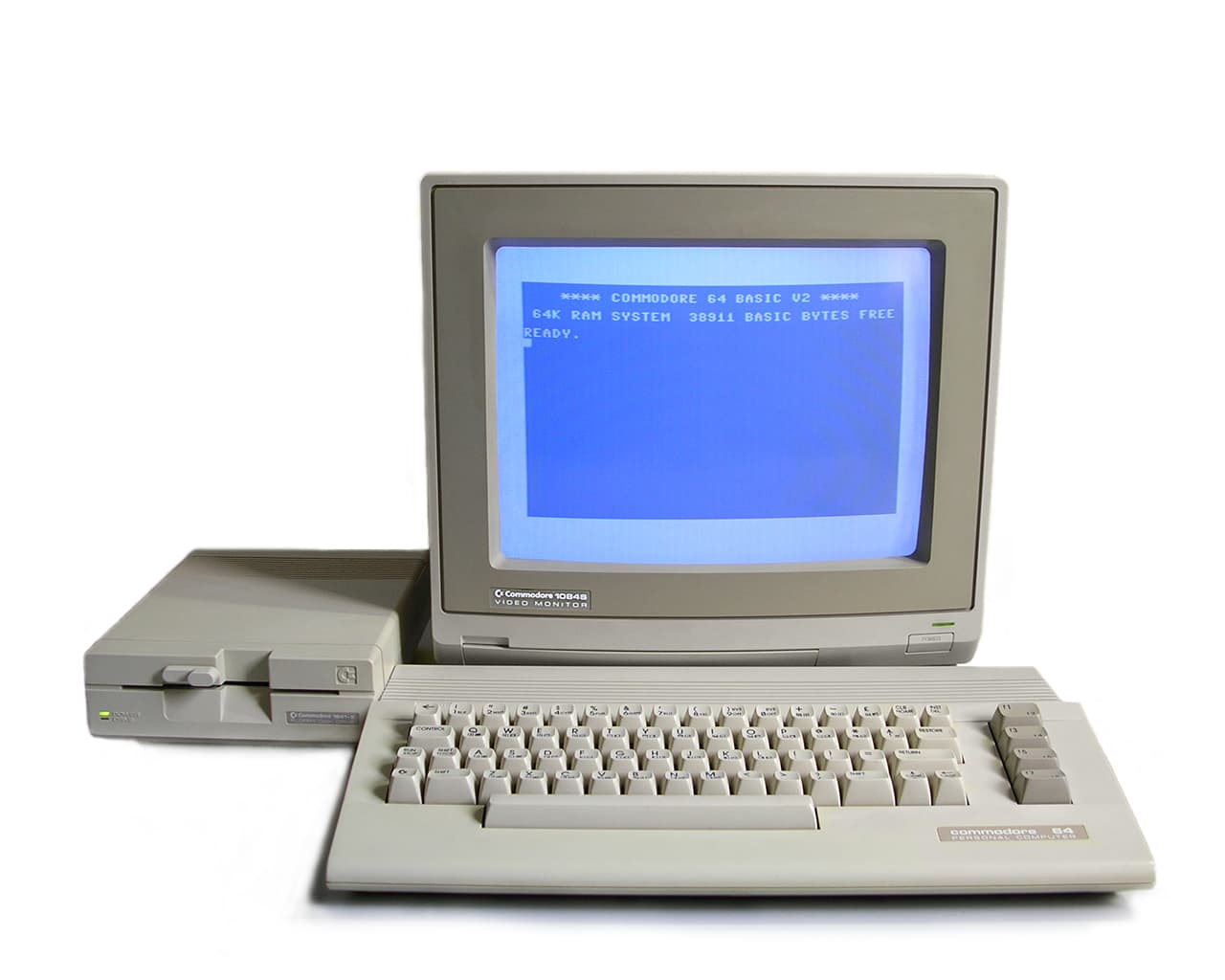
Retro-Computing Revolution: Milestones in Computing History
Explore the pivotal moments that shaped computing history with our curated list of significant computer introductions, igniting the retro-computing era.
The evolution of computing is a tapestry woven with groundbreaking moments, each machine unveiling a new chapter in technological history. In the realm of retro-computing, these milestones serve as touchstones, reminding us of the strides made by innovators and enthusiasts. Here's a curated list of some of the most important moments when iconic computers were introduced, marking significant milestones in the annals of computing history:
1. IBM 650 (1954): The IBM 650, IBM's first mass-produced computer, ushered in the era of business computing, making computational power accessible to a wider audience.
2. DEC PDP-8 (1965): The DEC PDP-8, known for its affordability and versatility, became the first commercially successful minicomputer, laying the foundation for the personal computing revolution.
3. Altair 8800 (1975): The Altair 8800, available in kit form, inspired hobbyists and entrepreneurs, marking the birth of the microcomputer era and paving the way for home computing.
4. Apple II (1977): The Apple II, with its color graphics and expandability, became the archetype of personal computers, revolutionizing the computing landscape and igniting the Apple legacy.

5. IBM Personal Computer (1981): The IBM PC, powered by Microsoft's MS-DOS, standardized hardware and software, establishing the blueprint for modern PC systems and software compatibility.
6. Commodore 64 (1982): The Commodore 64, with its affordability and extensive software library, became the best-selling home computer, shaping the gaming and home computing markets.

7. Macintosh 128K (1984): The Macintosh 128K, featuring a graphical user interface and mouse, revolutionized personal computing, setting new standards for intuitive user experiences.
8. Amiga 1000 (1985): The Amiga 1000, known for its multimedia capabilities, advanced graphics, and multitasking, became a pioneering force in the realms of gaming and creative computing.

9. Acorn Archimedes (1987): The Acorn Archimedes, powered by the ARM architecture, laid the foundation for modern RISC-based computing, influencing mobile devices and embedded systems.
10. NeXT Computer (1988): The NeXT Computer, designed by Steve Jobs, introduced advancements in object-oriented programming and became the precursor to Apple's macOS and iOS platforms.
Each of these moments represents a transformative leap, shaping the diverse landscape of retro-computing. As we reflect on these milestones, we honor the pioneers and technologies that continue to inspire generations of computer enthusiasts, preserving the rich legacy of retro-computing for the future.
Related Topics:
Related Articles:
Flashy: Elevating Creativity with Advanced Animations
Dive into Flashy, a groundbreaking application for MacOS and iPadOS, revolutionizing animations for cinema, gaming, and stunning web designs with its innovative UX.
React 20: Revolutionizing Web Development and Beyond"
Dive into React 20's game-changing improvements, including 80% performance gains, streamlined app development, and the evolution beyond hooks
Neptune: Unveiling the Future of MacOS
Explore Neptune, MacOS's latest release, a leap in performance and usability. Discover its speed, seamless cloud integration, and enhanced user experience.